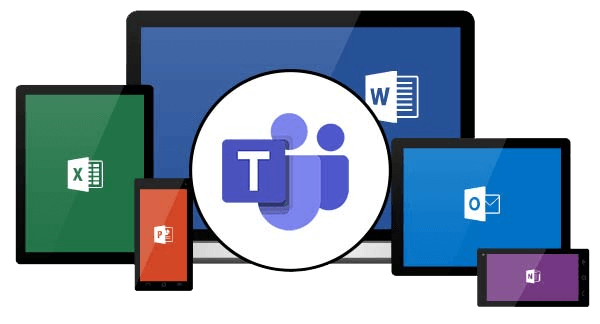Keep the Cloud Running: Network Downtime Causes and Solutions
Posted on March 25, 2016 by Fusion Connect
The old adage "time is money" can be backed up by hard facts. Gartner has done its research, finding that the average cost of network downtime is somewhere around $5,600 per minute. That's a loss of $300,000 for every hour spent trying to bring everything back online. Some surveys even point to instances of downtime costing up to $540,000 an hour.
These are some alarming figures, even for the most well-to-do enterprise around. And for those organizations that host their applications and data in off-premise cloud environments, there's little they can do to ensure that network uptime remains high. That's why we at Fusion have created a list of the most common outage causes, as well as their solutions.
Check out these three key points - and make sure your cloud provider has what it takes to keep you in business at all times.
Cause: Hardware failure
Even the most resilient hardware will fail eventually. In fact, according to an article from SolarWinds, issues related to equipment are some of the most common causes of downtime. That could include anything from minor errors such as failed patches to more severe hardware failure like complete crashes. Bottom line: if networking hardware stops working, so does the whole network.
“Failures don't have to happen if proactive measures are taken.”
Solution: Proactive maintenance
The best way to ensure that hardware failures don’t impact network functionality is to prevent them from ever happening in the first place. Cloud providers don't need a crystal ball to do this, of course - they simply need a thorough monitoring system and plenty of proactive policies in place. The best cloud services are those that constantly foresee issues and nip them in the bud.
“Network monitoring helps you gather data about the status of a network by polling network devices for availability and performance statistics,” explained the SolarWinds article. “Once polled, you can use the data to infer what caused the downtime - which device, in which location, and when.”
Cause: Denial of service attacks
According to TechTarget, a DoS attack is “an incident in which a user or organization is deprived of the services of a resource they would normally expect to have.” While such attacks can result in minor network slowdown, they can also lead to massive outages that put everything on hold. This is one malicious cybercriminal tactic that every modern business fears.
Solution: Complete threat management
To protect the enterprise, not only from DoS attacks from from a full spectrum of security risks, a company needs a comprehensive suite of defensive solutions. Proactive, passive and reactive strategies are all necessary to ensure security from all angles and make the granular policy changes to keep up with the times. Ad-hoc bandwidth can also help boost network capacity in a pinch, ensuring uptime.

Cause: Natural disasters
Like cyberattacks, the reality of natural disasters is an unfortunate one that lies outside the control of a cloud provider. If data centers facilities experience harsh weather on a regular basis, it’s likely that power outages will eventually take place. The question becomes, of course, how a cloud provider handles this worst-case scenario.
Solution: Disaster recovery
Top-tier cloud services will have business continuity plans and policies built into the service-level agreement, ensuring that networks remain online in the face of outages and that all data is kept safe and sound. Redundant fallback data centers should always be readily available to switch over on the fly, preventing any major problems.
Conclusion
The cloud is not immune to outages, but the right provider can help ensure that fail safes are in place when these types of incidents occur. Check out Fusion Connect’s cloud offerings to find out more about how its networking services and cloud solutions are truly resilient.
Cloud Services


